For many in the west, it’s said there’s a man in the moon. But in Korea and much of Asia, the dark spots on the moon’s surface are said to resemble a rabbit.
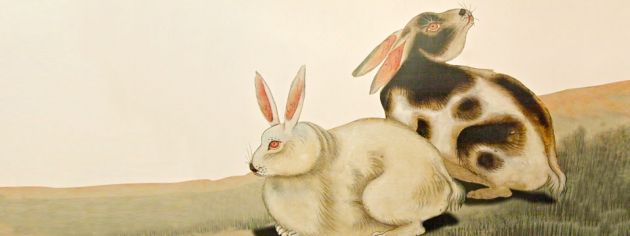
In fact, most Korean children can tell you about the daltokki (달토끼), or moon rabbit, that spends each night making the elixir of life with his mortar and pestle. This year, the daltokki has special significance since the Year of the Rabbit begins on February 3rd.
That day marks Seollal (설날), or the lunar New Year, which is the most important holiday on the Korean calendar.
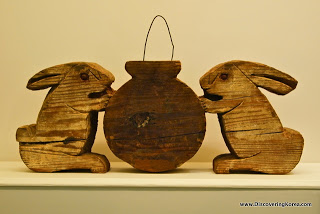
As ancient traditions persist into modern life, traditional folklore can provide fun and interesting insights into Korean culture.
For example, how are people welcoming the year of the rabbit in Korea? And, what can folk tales tell us about what to expect in the New Year?
Let’s take a look!
Celebrating Seollal
Koreans celebrate two New Years – January 1st and Seollal, which typically falls on the second new moon after Dongji (동지), or the winter solstice.
By combining the preceding and following days, each winter Koreans can look forward to a three-day holiday.
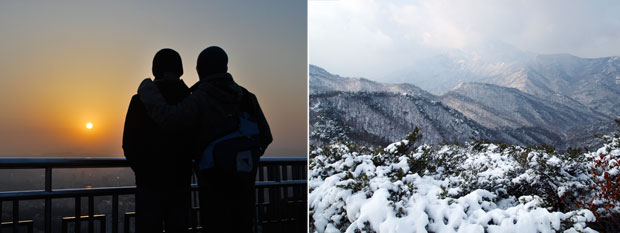
In the days leading up to Seollal, families prepare by cleaning their homes. To refresh the mind and spirit, another popular tradition is to watch the sun rise.
Hours before first light, people awaken and head towards a beach on the eastern coast, or scramble up a mountain. After braving the snow and ice at this time of year, I can’t imagine a more beautiful reward.
Another New Year’s tradition that can be done from the comfort of a warm home or theater is watching movies. During the Seollal holiday, major television networks air recent films while cinemas debut new releases.
Sports enthusiasts are also in luck, since TV coverage of ssireum (씨름), a type of Korean wrestling, is another holiday tradition.
A Day for Family
In the West, the rabbit brings to mind the popular Aesop’s fable of the “Tortoise and the Hare.” In it, the rabbit is portrayed as foolish and over-confident when he loses a race to a slow and steady turtle.
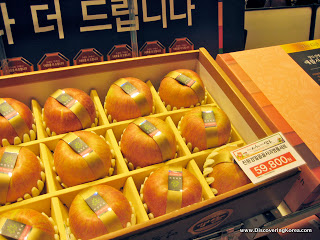
In Korean folklore, however, the rabbit usually appears in a more complimentary light. The folktales often describe him as quiet, clever, fertile and prosperous.
It’s not surprising that the rabbit’s tendency to quickly multiply is also attractive to Koreans, who tend to place great value on family. Indeed, Seollal is primarily a family holiday.
To be among family, each year, millions hit the road and brave traffic jams to and from their ancestral hometowns. These backups can be legion.
What’s typically a five-hour drive from Seoul to Busan can take eight hours or more. Despite the stress and inconvenience, there’s something comforting in the resilience of Korean family traditions.
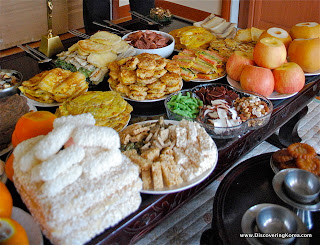
In the days leading up to the Seollal holiday, families purchase expensive box sets of fruits, meats or health-related items, like red ginseng or honey as gifts for their kin.
Not surprisingly, it’s the family’s women who usually take charge of the kitchen, a monumental task that requires preparing and cooking dozens of Seollal dishes.
Chief among them is tteokguk (떡국), a beef-based soup made with sliced rice cakes. It’s said that eating tteokguk on New Year’s Day makes you one year older.
On the morning of Seollal, family members often gather at the home of the paternal grandparents or the eldest uncle. Dressed in suits or traditional hanbok, aunts, uncles, grandparents and cousins assemble in the morning.
Once the table is set with the delicious array of holiday foods, ancestral rites are observed and family members wish each other a healthy and prosperous New Year. Afterwards, the feasting begins.
Once everyone’s hunger is satisfied, younger generations will pay respects to their elders through sebae (세배), or a deep bow. This act is usually rewarded by cash gifts, which makes it a holiday highlight among kids.
Celebrating the Year of the Rabbit
The oldest extant history of Korea is the Samguk Sagi (삼국사기), a 50-volume set that was published in the 12th century.
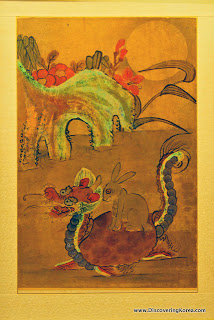
The epic historical text chronicles the Three Kingdoms Period (57 BCE-668 CE), and within its pages is at least one story about a rabbit.
As the story goes, once upon a time the Dragon King of the East Sea sent a turtle to bring him a rabbit’s liver to cure his sick daughter. Under pretense of taking the rabbit to an undersea paradise the turtle convinces her to join him.
But en route, he divulges the truth. Fearing for her life, the quick-witted rabbit explains that she forgot her liver at home and must go fetch it. Needless to say, she doesn’t come back!
The rabbit also appears in Buddhist tales. In one story, a ruler of heaven descends to earth disguised as a man. He comes upon a fox, a monkey and a rabbit.
After begging them for food, the fox brings him a fish and the monkey offers some fruit. The rabbit, however, offers himself. In honor of the selfless act, the ruler takes the rabbit with him back to the heavens, which is why to this day we see a rabbit on the full moon’s surface.
The rabbit’s familiar role as a protagonist in Korean folklore says something about the personality traits that are valued in Korean culture. Time after time, the animal is portrayed as docile and smart, witty and creative.
In honor of the Year of the Rabbit, several cultural institutions are presenting special exhibits and programs that look at the rabbit in Korean folklore. Although most facilities are closed on Seollal day, they’re certainly worth a trip in the weeks to follow. Here’s a quick look at three special offerings:
National Folk Museum of Korea
Since 1999, which, coincidentally, was also a Year of the Rabbit, the National Folk Museum of Korea in Seoul has held special annual programs that celebrate the Asian zodiac.
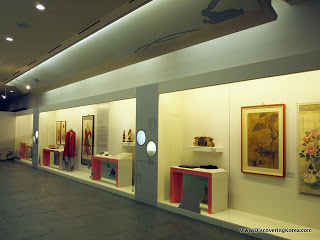
This year, a three-part exhibit titled, “Folktales of the Rabbit” includes the rabbit in Korean traditional stories and features rabbits in paintings, on religious garments and in children’s cartoons.
The National Folk Museum of Korea can be reached via Gyeongbokgung Station on subway Line 3 (exit #5). The exhibit runs through February 14. www.nfm.go.kr
National Museum of Korea
The National Museum of Korea in Seoul is also showcasing a special rabbit-themed exhibit titled, “The Rabbit, An Animal of Wisdom.”
The collection includes ancient representations of the rabbit as a symbol for new beginnings. Another collection shows the popularity of the rabbit motif on decorative items, like dishware.
The National Museum of Korea can be reached via Ichon Station on subway Line 4 and the Jungang Line (exit #2). The exhibit runs through February 27. www.museum.go.kr
Gyeonggi Provincial Museum
And finally, the Gyeonggi Provincial Museum in Yongin is running a special exhibit titled simply, “The Year of the Rabbit.”
The offering uses items, performances and family-friendly, hands-on activities to explore the rabbit from ancient times to the popular animated rabbit, Mashimaro.
The Gyeonggi Provincial Museum can be reached via bus #1560 or #5001-1 from subway Line 2′s Gangnam Station. The exhibit runs through December 31. www.musenet.or.kr
Proverbial Wisdom
In the east and west, the New Year is a time of reflection and for new beginnings. The tradition of drafting resolutions can be a positive step to help make the most of the months to come.
That said, keeping those resolutions is easier said than done. For this reason, the lunar New Year offers an opportunity for the procrastinator – one more chance to follow through on those goals you were supposed to set on January 1st!
As we set those New Year resolutions, it’s probably worthwhile to consider one more Korean proverb – “While hunting a running rabbit, you may lose the one you already have.”
In other words, while in pursuit of a goal, don’t squander what you’ve already achieved. Above all, each of us should be grateful for what we have.
Here’s wishing you a healthy, prosperous and happy New Year!
About Matt Kelley
Matt Kelly is native of the US Pacific Northwest and is half-Korean by ethnicity. He lived in Korea for five years and has written hundreds of travel guides for Wallpaper, TimeOut, the Boston Globe and Seoul Magazine and was a host for several different variety shows on Korean radio and television.
